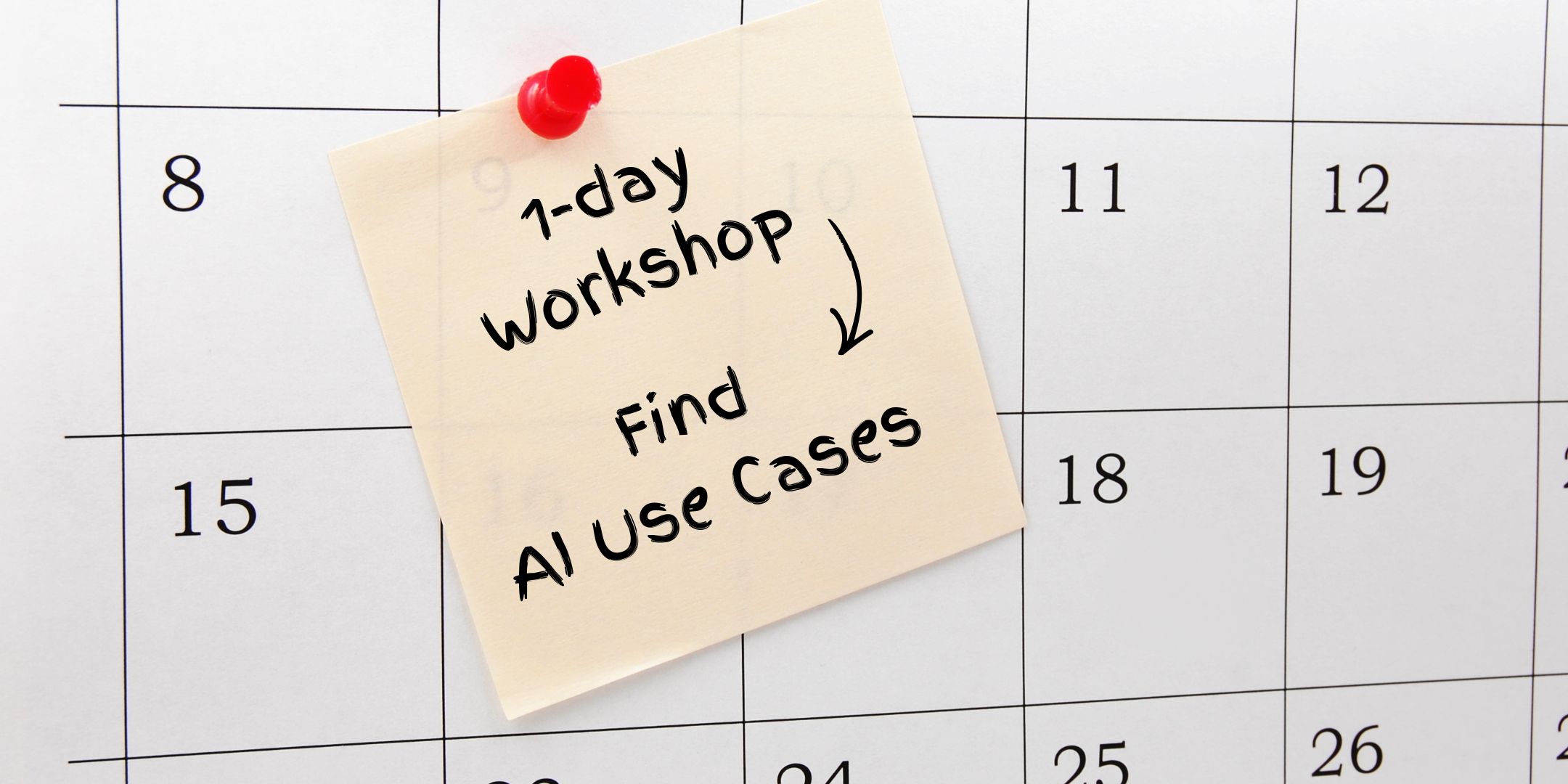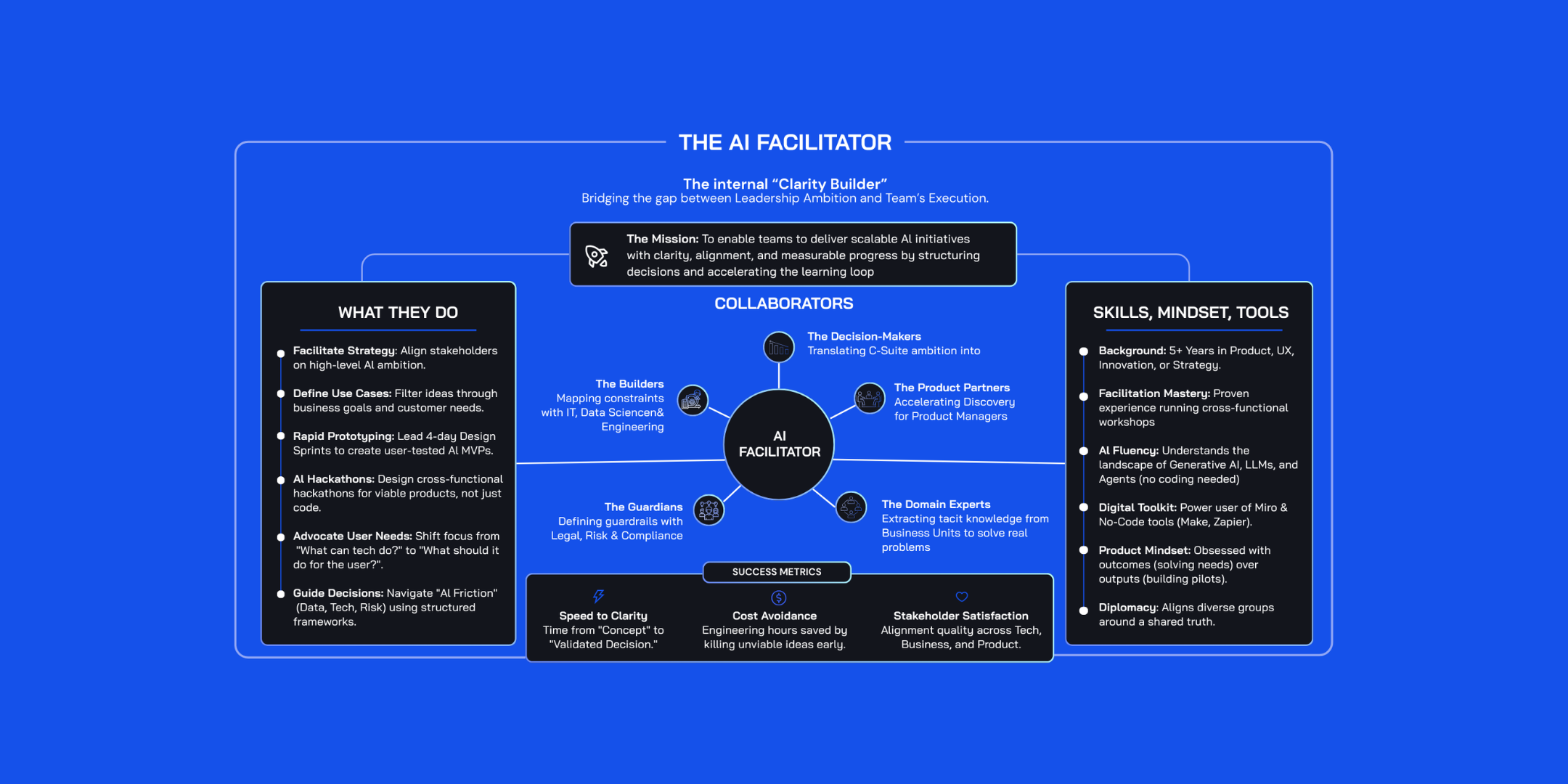What is a Design Sprint Retrospective Workshop?

New to design sprint retro meetings? This article will tell you everything you need to know about identifying areas of improvement and gearing your design sprint team in the right direction.
A Design Sprint requires a lot of effort, both from the facilitator and the team participating. A five-day commitment for seven people is a serious investment for any organization. Add to that the time the facilitator (or facilitators) spend to make everything happen, which amounts to weeks of hard work.
It is, therefore, necessary to make everything possible to ensure that the outcomes of the design sprint are worth the time, effort, and investment. Usually, this comes down to thorough preparation, the tools, and process, facilitation skills and team expertise. Of course, they are all important, even critical, for the success of a design sprint. Still, there is something else that can seriously boost results, but facilitators often overlook a retrospective.
A retrospective is a well-known term, especially in Agile / Scrum methodology, and it refers to a meeting where the team reflects on their recent work to improve the process and the way they work together.
At Design Sprint Academy, we took the concept and turned it into a Retrospective Workshop, which we run after each design sprint.
Why is a Retrospective important?
If nothing else, it provides closure to the team and gives them a chance to celebrate the intense work they did together.
But we as facilitators can use this opportunity to learn all the things that worked well (some we might not even be aware of) and do more of that in the future. But we often get most learnings from failures, and because accepting or discussing failure is never easy, the retrospective should create a safe space that will encourage the team to share their honest feedback and ideas.
This information exchange will boil down to a list of actionable items that will make our design sprints get better and better.
When to run it, and who should join?
Ideally, the Retrospective workshop happens the week after the design sprint while everything is still fresh in the team’s memory.

Everyone who participated in the design sprint, even if for a limited time (e.g., Decider, Prototyper, Guest Expert), should join the Retrospective Workshop. They will have unique points of view and insights that will be extremely valuable when you’ll need to create an action plan for improvement.
How to prepare the Design Sprint Retrospective?
Like any other (efficient) meeting, the goals and expectations should be crystal clear from the onset. Set them early, make the retrospective a part of your sprint plan, and share it with the team as you onboard them for the design sprint.
Before the Retrospective workshop, you should share with the team the Sprint Replay Report so that everyone has a chance to review and recollect the activities, outcomes and user testing findings.
The retrospective is not an open discussion but a workshop, so you will need to prepare the schedule, the activities and the digital boards your team will need to exchange information, share ideas and collaborate.
PRO TIP ⚡️ — Use the Design Sprint Retrogram Template for this workshop, which you can download for free here.
This is a virtual workshop, so you will need to send calendar invites with video conferencing links to the attendees. Even when in-person design sprints are back, it will probably be easier to organize a one-hour virtual workshop than a similar in-person meeting, especially if people traveled for the sprint or work in different places.
How to facilitate a Design Sprint Retrospective Workshop?
Step 1. Welcome and intro
Welcome everyone and congratulate the team for their work and results in just a week.
Give them an overview of what will happen over the next hour and set some ground rules to create the safe space they’ll need to share freely and openly. Here are some that you can include:
- everyone will have the opportunity to share and equal time to talk
- everyone’s opinion is important
- no blame games; focus on improvement
Close this step with a warm-up exercise to help people recollect their experience during the sprint. The warm-up is very simple and has an element of fun as well to lighten the mood. You will ask people to describe their design sprint experience in one sentence without using the words design or sprint.

Step 2. Design Sprint Recap
Next, do a high-level recap for everyone. We like to use a visual that depicts the design sprint journey and the key milestones they hit throughout the week.

Step 3. What worked well?
Now that everyone is in the right state of mind, it’s time to get to work, and you will start by discussing what went well during the sprint. To avoid people sharing random facts which might not lead to significant improvements, structure their input around clear topics, and we have identified three that are very important:
- Design Sprint Format & Schedule
- Design Sprint Results
- Team Collaboration

Ask everyone to reflect and then take 5 minutes to write on post-its what went well during the sprint across these three categories.
Once everyone has finished, spend another 5 minutes for a team discussion to go through each post-it, cluster similar ones and highlight the team accomplishment and results.

This step will create a positive vibe that the team will definitely need during the next exercise when things might get a bit gloomy.
Step 4. What were the challenges?
This step is similar to the previous one, but the question changes. This time you will ask the team about the challenges they had during the design sprint and what did not work so well.
Same drill, everyone, individually and in silence, will take 5 minutes to write their answers across the three categories: Sprint Format & Schedule, Sprint Results and Team Collaboration.

Go through each of these answers, and ask everyone to detail their input and clarify where needed. To avoid starting debates, have the team take turns to speak and time the conversation (e.g. one minute per person).
Step 5. How can we improve?
Finally, you will want to collect ideas for improvement. Ask your team to write down what recommendations they have to improve the sprint and avoid the same challenges in the future.

Use the same format. Five minutes of individual brainstorming across the three categories, followed by a five-minute discussion and clustering of ideas.
And that’s it.
Step 6. Wrap-up
Thank your team again for their time and wrap up the workshop by doing some fun activities. We like to take a funky team photo, but feel free to do anything to make the meeting end on a high.
After the retrospective
After the workshop, review the team’s output and select what makes sense and use it to devise an action plan to improve your approach for the next sprint.



.jpg)





